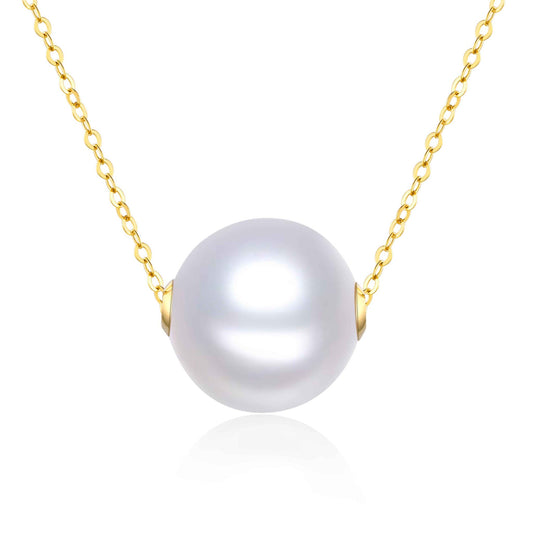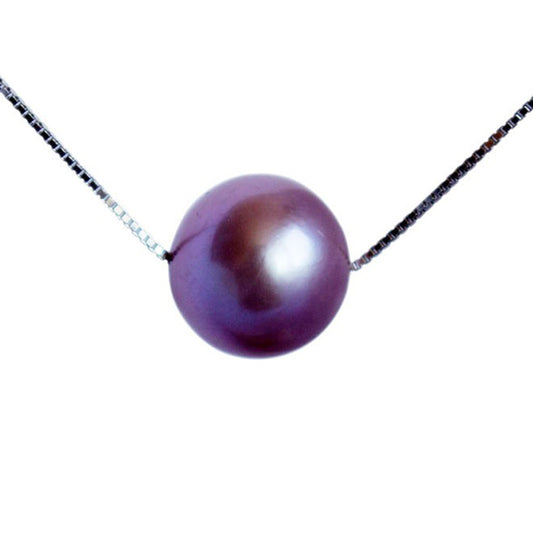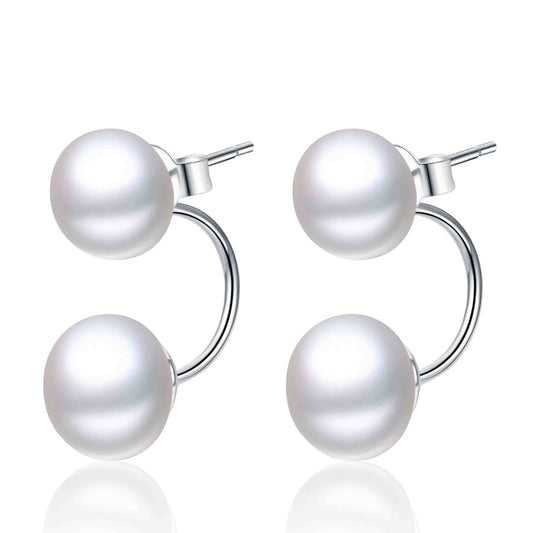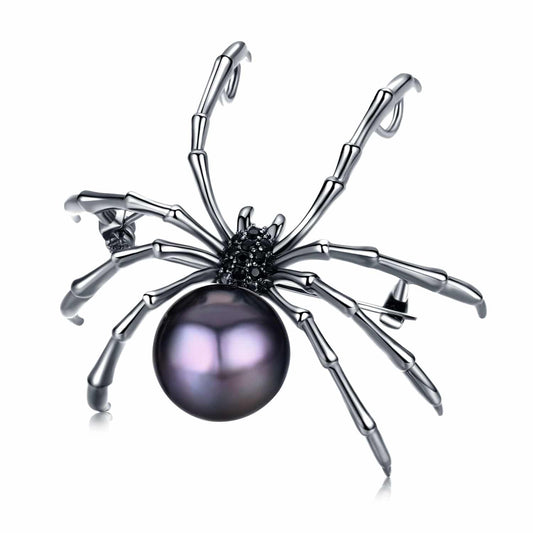The Yamanashi Prefecture is known for its wine, textiles, washi (traditional Japanese paper), and of course, for their handcrafted jewelry. There is a saying in the jewelry industry that the world looks to Japan for jewelry and craft trends and the Japanese look to Yamanashi.
The Yamanashi Prefecture is a landlocked county 75 miles from Tokyo. Its capital, Kofu City, is known as the ‘City of Gems’ and is Japan’s primary producer of jewelry and polished crystals.
The traditional gem cutting and polishing techniques they’re known for were brought to the area by Shinto priests who learned these skills in Kyoto. The artisans still use these hand-crafting techniques, together with state-of-the-art modern technologies. Today, they’re leading the world in stone-cutting and jewelry production.
Yamanashi’s Gem History
Yamanashi’s jewelry-making history can be traced back for centuries to the Jomon Period (14,000 BC – 300 BC). The word ‘Jomon’ means patterned, and refers to the style of pottery made during that period. However, the fine decorating techniques that they’re known for today were developed in the late Edo Period (1603-1868).
It all started with the mining of rock crystals around Mt. Kinpu. There are two major arms within the industry: Crystal crafts (cutting, carving, and polishing) and precious metal working (cutting, shaving, soldering to join pieces, and setting gems).
In the early 20th century, electricity was widely adopted in Japan and became commonplace in Yamanashi. As a result, polishing was mechanized with new polishing machines driven by electricity, which changed the industry forever. Suddenly, they were able to produce jewelry and polished gems on a much larger scale. Even after the crystal supply in the area became exhausted, they continued to import large quantities of gems which they then sold to the US, China, and otherwise in Japan, after working their magic on the stones.
During the Second World War, the focus of the crystal polishing factories shifted to meeting the military’s needs, like producing optical lenses and crystal oscillators. Additionally, since jewelry is a luxury item, demand for the hand-crafted jewelry dwindled. In 1945, 80% of Kofu was leveled by air strikes, but that didn’t bring the people of Yamanashi down. They quickly recovered after the war and started to mass produce jewelry and crystal crafts, which were mainly sold as souvenirs to the occupation soldiers.
Studying the Art of Jewelry Making
Don’t think you can take a summer class in jewelry-making and then call yourself a jeweler in Yamanashi. In fact, it takes three to four years of strenuous studying to master the craft.
In 1981, the Yamanashi Prefectural Jewelry Art College opened its doors to train young people in the art of making jewelry. Students studying at this famous design school are completely disconnected from the outside world. Their mobile phones are taken away, and they’re immersed in jewelry-making all day. And if they’re not polishing gems or crafting jewelry, they’re thinking about how to design masterpieces.
After three to four years of study, students are eligible to enter the industry to become jewelry designers.
What Makes Yamanashi’s Jewelry so Special?
Jewelry is far more than just an external decoration. It conveys emotions and thoughts. Jewelry is like poetry, and the designers and craftsmen of Yamanashi understand this.
Craftsmen are expected to be competent in many different facets of jewelry-making: From casting the precious metals, to engraving intricate patterns, to perfectly balancing the design. They also need to be able to interpret design drawings the way the designer envisioned while keeping in mind how the jewelry would look on the wearer’s body. They spend hours on each little piece of the design, and the result – a luxurious, one-of-a-kind hand-crafted design.
These are some of the things that make the jewelry coming out of Yamanashi different from other places in the world:
- While they use advanced materials and techniques, they still stay true to the traditional, manual jewelry-making skills that made them so famous
- They reject mass production and copy culture
- They don’t follow trends – they create them
- All their designs are unique, beautiful, and intricate
You don’t need to be a jewelry expert to see this. Just look at these two examples:

The small, intricate carvings on this pearl pendant are made by hand, and unique to this piece.

The lace in the design is created by hundreds of small, 2mm-wide balls cast from gold. Each little ball has around 100 cuts to reflect light from different angles.




